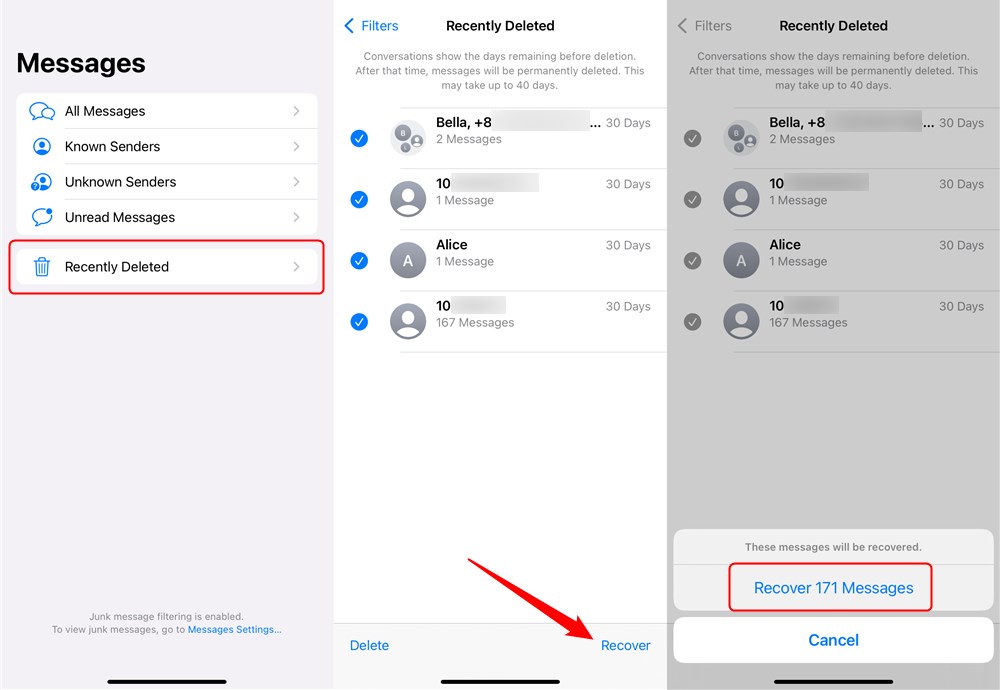
In the current era of digital advancements, it has become increasingly crucial to remain vigilant regarding the potential risks associated with fraudulent customer service calls, deceptive services, and targeted social engineering. These fraudulent schemes can exhibit a high level of sophistication and effectively deceive unsuspecting individuals. Use the readers guide below to carefully make good use of this guide to protect yourself and your privacy from fake customer service calls, scam services, and targeted social engineering.
Reader’s Step-by-Step Guide
What is a fake customer service call?
A simulated or fake customer service call refers to a telephonic interaction initiated by an individual impersonating a genuine representative of a reputable organization, such as a financial institution or credit card company. The individual initiating the call frequently asserts the existence of an issue with your account and requests the disclosure of sensitive information, such as your Social Security number or credit card number.
What is a scam service?
A scam service refers to a service provided by an unscrupulous organization engaged in fraudulent activities. These services frequently make assurances about delivering valuable offerings, such as complimentary gifts or discounts. However, in reality, they are merely deceptive strategies that scammers use to illegally obtain your money or personal information.
What is targeted social engineering?
Targeted social engineering refers to a form of fraudulent activity that is deliberately tailored to exploit a specific individual or a defined group of individuals. Scammers frequently engage in the practice of collecting pertinent information about their intended victims to enhance the credibility of their fraudulent schemes.
Here’s how to identify fake customer service calls with the following tips:
- Be wary of calls from unknown numbers. If you receive a call from an unknown number, don’t answer it. If it is important, the caller will leave a voicemail.
- Don’t give out personal information over the phone. A legitimate company will never ask you for your Social Security number, credit card number, or other sensitive information over the phone.
- Be suspicious of callers who are pushy or demanding. A legitimate company will never pressure you to give them information or to act immediately.
- Hang up if you are unsure. If you are ever unsure about the legitimacy of a call, hang up and call the company back on their official number.
- The caller does not know your name. A legitimate customer service representative should be able to identify you by name.
- The caller asks for personal information that they should not need. This includes your Social Security number, credit card number, or bank account information.
- The caller’s phone number is spoofed. This means that the caller is using a fake number to make it look like they are calling from a legitimate company. You can check the number against a reverse phone lookup service to see if it is legitimate.
- The caller’s website is not secure. If the caller asks you to go to a website to provide information, make sure that the website is secure. Look for a padlock icon in the address bar and the letters “https” at the beginning of the URL.
However, If you receive a call that you think is a fake customer service call, you should:
- Hang up immediately and refuse to give the caller any information.
- Report the call to the company that they claim to be from. You can usually find a way to report fraud on the company’s website.
- File a complaint with the Federal Trade Commission (FTC). The FTC can take action against companies that are involved in fraud.
In the event that you receive a phone call that you suspect to be fraudulent customer service, it is advisable to promptly terminate the call and refrain from disclosing any personal or sensitive information to the caller.
Please submit a formal report to the company that the individual claims to represent. Typically, the company’s website offers a means to report instances of fraud.
Then proceed with submitting a formal complaint to the Federal Trade Commission (FTC). The Federal Trade Commission (FTC) has the authority to initiate legal proceedings against companies found to be engaged in fraudulent activities.
Here’s how to identify scam services with these few simple tips and tricks:
- Be suspicious of services that offer something too good to be true. If a service promises you a free gift or a discount that seems too good to be true, it probably is.
- Do your research. Before you sign up for any service, do some research to make sure it is legitimate. Read reviews from other customers and check with the Better Business Bureau. Also you can find reviews of companies online, such as on Google or Yelp.
- Be careful about what information you provide and companies that ask for personal information upfront. When you sign up for a service, only provide the information that is absolutely necessary.
- Be wary of companies that require you to pay upfront. Legitimate companies will often let you try their service for free before you have to pay anything.
- The company is based in a foreign country. This is not always a red flag, but it is something to be aware of.
- Take time to review there website, A scam website is poorly designed with grammatical errors because a legitimate company will take the time to create a professional website.
Here’s how to protect yourself from targeted social engineering:
- Be careful about what information you share online. Scammers can often gather information about you by going through your social media profiles and other online activity.
- Be suspicious of emails and text messages from people you don’t know. Scammers often send emails and text messages that appear to be from legitimate companies.
- Don’t click on links in emails or text messages from people you don’t know. These links can often lead to malicious websites.
- Be careful about what attachments you open in emails. Attachments can often contain viruses or malware.
- Be aware of the context. Scammers will often try to take advantage of current events or situations that are relevant to you. For example, if you recently lost your job, you might be more likely to fall for a scam that promises you a new job with a high salary.
- Trust your gut. If something doesn’t feel right, it probably isn’t. If you have any doubts about the legitimacy of a call, email, or text message, it’s best to err on the side of caution and not interact with it.
- Educate yourself. The more you know about social engineering scams, the better equipped you will be to spot them. Read up on common scams and how they work.
- Talk to your friends and family. Let your loved ones know about the dangers of social engineering and how to protect themselves.
In conclusion, here are some additional things to keep in mind:
- Always beware that scammers are constantly changing their tactics, so it is important to stay up-to-date on the latest scams. You can do this by reading articles about scams, following security experts on social media, and signing up for email alerts from the FTC.
- If you are ever unsure about the legitimacy of a call, it is always best to hang up and do some research before you act. You can find the contact information for most companies on their website.
- Be aware of the risks of using public Wi-Fi. Scammers can often intercept your personal information if you use public Wi-Fi to log into your bank account or other sensitive websites.
- Be careful about what apps you download. Scammers can sometimes create fake apps that look like they are from legitimate companies. Only download apps from trusted sources.
- Keep your operating system and software up to date.
- Use a strong password and change it regularly.
- Enable two-factor authentication whenever possible.
- Be careful about what information you share on social media.
- Don’t click on links or open attachments from unknown senders.
- Be suspicious of any offer that seems too good to be true.
Also, if you feel you have been scammed, make sure to:
- Report the scam to the authorities. You can report the scam to the Federal Trade Commission (FTC) or your local police department.
- Contact your bank or credit card company. If you have lost money due to the scam, contact your bank or credit card company and report the fraud.
- Change your passwords. If you have given out your personal information to the scammer, change your passwords for all of your online accounts.
- Be vigilant. Be on the lookout for other scams in the future. Remember, if it sounds too good to be true, it probably is.
- Use a password manager. A password manager can help you create and store strong, unique passwords for all of your online accounts.
- Enable two-factor authentication (2FA). 2FA adds an extra layer of security to your accounts by requiring you to enter a code from your phone in addition to your password.
- Be careful about what information you share on social media. Scammers can often use information from your social media profiles to target you with scams.
- Keep your computer and mobile devices up to date with the latest security patches. Software updates often contain security fixes that can help protect you from malware and other threats.
By maintaining awareness of potential threats and implementing proactive measures, you can effectively mitigate the risk of falling victim to fraudulent activities and enhance the security of your personal information. Check out the content on How to protect your privacy online on the iPhone, MacBook, and other Apple models.






